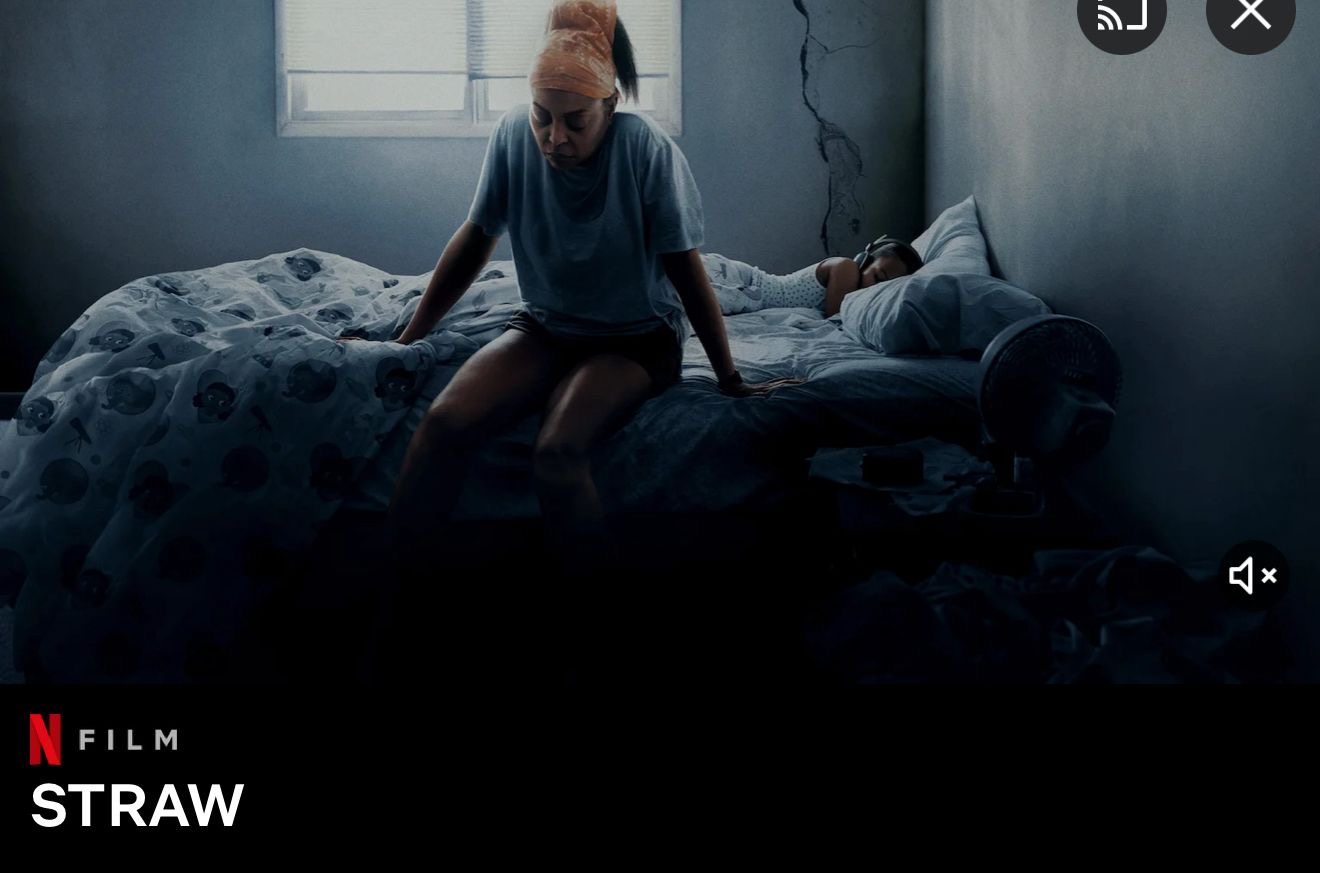 Tyler Perry’s Straw is not just a film—it is an elegiac lament wrapped in celluloid. It stands as a thunderous critique of systemic erosion, an emotionally charged canvas that paints with searing honesty the often-silenced traumas endured by everyday Black individuals striving to survive within the cold machinery of corporate America.
Tyler Perry’s Straw is not just a film—it is an elegiac lament wrapped in celluloid. It stands as a thunderous critique of systemic erosion, an emotionally charged canvas that paints with searing honesty the often-silenced traumas endured by everyday Black individuals striving to survive within the cold machinery of corporate America.
At once melancholic and incendiary, Straw masterfully collapses the boundaries between personal grief and institutional betrayal. In this deeply intimate portrayal, Perry crafts more than a narrative; he conjures a mirror—haunting and unrelenting—held up to a nation that still recoils from the reflections of its structural inequality. With surgical precision, he exposes the layered afflictions of race, loyalty, silence, and survival in an office culture where even those who share your skin may hasten your undoing.
The protagonist, portrayed with raw intensity and grace by Shania, delivers a performance so visceral that it borders on spiritual possession. She carries the weight of the film like a cross—each corporate microaggression, betrayal, and unspoken grief nailed into her soul. Her journey through hostile boardrooms, whispered sabotage, and the unyielding expectation to “smile through the storm” becomes a metaphor for the collective exhaustion of Black professionals in hostile spaces designed to exploit and discard them.
Visual Poetry and Thematic Depth
Cinematographically, Straw is minimalist yet poetic. The muted color palettes evoke a sense of spiritual suffocation, mirroring the slow hemorrhage of identity within oppressive corporate constructs. The camera lingers uncomfortably on faces and silences, allowing pain to speak when words falter. The editing, rhythmically discordant at times, mirrors the protagonist’s spiraling mental state—a brilliant nod to the disorientation of gaslit trauma.
Perry does not merely film a story—he composes a dirge. He resurrects realism in a way that is neither romanticized nor exploitative. His direction is taut, deliberate, and unflinchingly human. This is Perry in his most mature, unfiltered artistic mode—eschewing the melodramatic tropes of his earlier work for a storytelling technique that feels almost documentary in its emotional authenticity.
An Iconic Social Metaphor
The title Straw is emblematic—referring, of course, to “the straw that breaks the camel’s back.” But Perry’s camel is not just one woman—it is the Black collective consciousness, bent under the centuries-old weight of economic disenfranchisement, corporate gaslighting, and cultural isolation. The straw, then, is not one singular event, but the accumulation of being unseen, unheard, and unprotected, even among supposed allies.
Lessons Etched in Pain
What Straw does most effectively is issue a quiet but seismic call to action:
• Don’t get lost in the machinery of other people’s drama.
• Protect your 401k like your soul depends on it.
• Know that silence is not strength—speak, seek, resist.
• Upskill, not just to climb, but to escape.
• Choose mental health over martyrdom.
In one of the film’s most haunting sequences, Shania stares into the mirror not with vanity, but with vacancy—a soul asking itself how much more it must bend before breaking. It is in this moment that Straw stops being a film and becomes a sermon, a scream, a sanctuary.
Verdict: A Cinematic Revelation
In Straw, Tyler Perry achieves something few directors dare to attempt: an unapologetic fusion of realism, poetic justice, and institutional critique. It is his most socially mature film to date, delivering not only a gripping narrative but also a deep existential meditation on what it means to be Black, brilliant, and breaking under capitalism.
This is not just a must-watch. Straw should be archived in the annals of American cinematic truth-telling—a masterstroke of artistic resistance.
By : Jide Adesina
Editor-In-Chief
1stafrika
@2025

